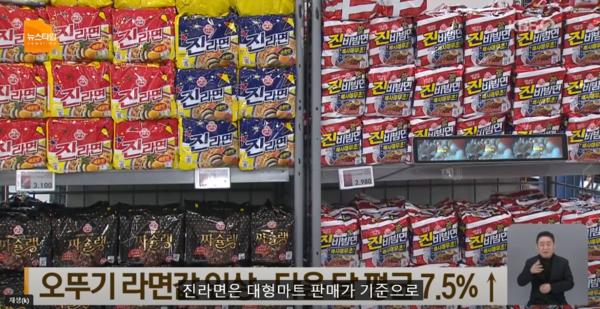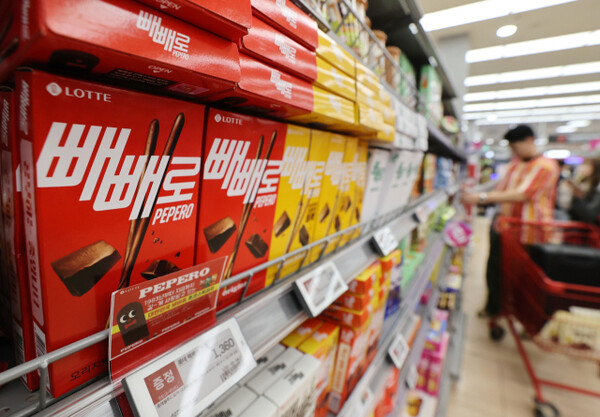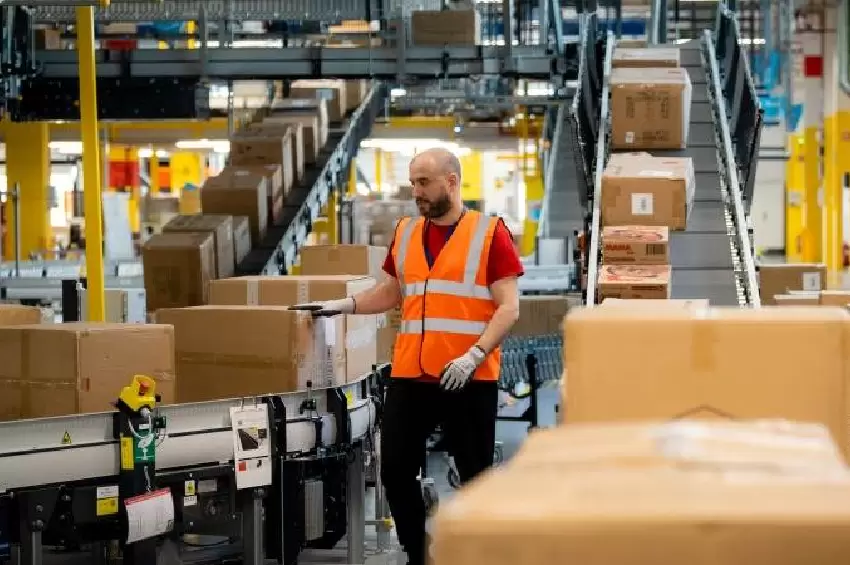South Korea's Economic Challenge: Rising Prices Across the Board
South Korea is currently experiencing a significant wave of price increases in the food and dining sectors, adding to the economic uncertainty faced by its consumers. Factors such as a weaker won against the dollar and escalating raw material costs have led over 40 companies to announce price hikes since the beginning of the year.

The Domino Effect of Price Increases
Starbucks was among the first to initiate the trend in January, attributing its decision to rising coffee bean prices and unfavorable exchange rates. This move set off a chain reaction, with other coffee chains and even budget-friendly options announcing their own price adjustments.
Ramen and Bakery Goods Not Spared
Even staple foods like ramen have seen price hikes, with major brands adjusting their prices upwards. Bakeries, too, have felt the impact, with popular chains increasing the prices of their products for the first time in years.

Fast Food Joins the Price Hike Bandwagon
Fast food outlets have also joined in, with several popular menu items seeing price increases. This has raised concerns among consumers and analysts alike about the broader economic implications of these adjustments.
Consumer Sentiment and Economic Policy
The Korea Consumer Agency has voiced concerns over the potential dampening effect on consumer sentiment. Experts suggest that the current political climate may be providing companies with the leeway to implement these price hikes, further complicating the economic landscape.









Comments